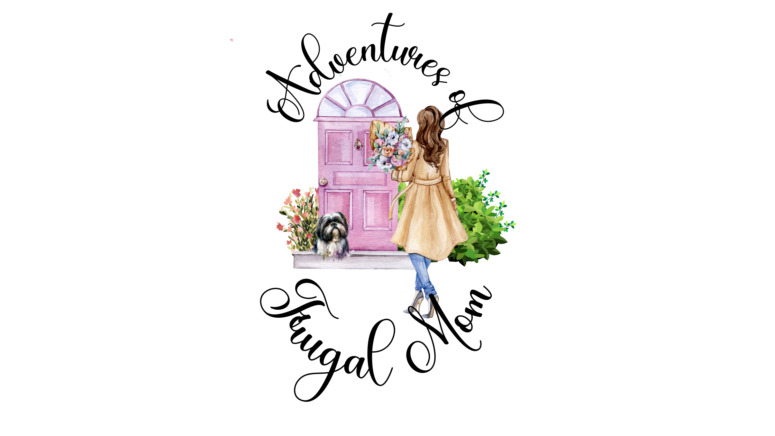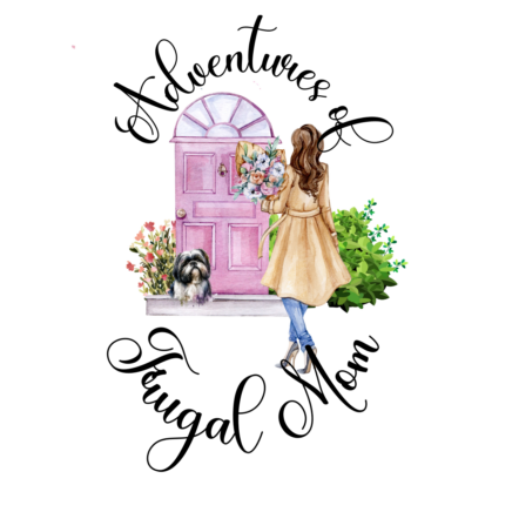Unraveling the Cardboard Box Recycling Process

Cardboard recycling benefits both the environment and businesses. It reduces the need for raw materials and keeps paper fibers out of landfills, which is essential for our climate.
Cardboard and other paper products are transported to specialized recycling facilities. They’re separated and sorted, and foreign materials like tape, glue, and staples are removed.
From Collection to Recycling
Cardboard is a staple item used to package and transport goods. It contributes to 40% of the waste dumped in landfills; if recycled, it can reduce this number significantly. The need for fresh materials can be reduced by cardboard box recycling, helping protect forests from deforestation. Additionally, it reduces greenhouse gas emissions as it is less energy-intensive to produce than virgin products.
Before you take your bundled cardboard to the recycling center, check with your local rules and regulations. Some facilities may not accept certain types of discarded cardboard, such as those with grease or food stains. Additionally, you may need to remove any tape or plastic windows on envelopes, as these items can contaminate the entire recycling stream.
It is also important to note that wet cardboard should not be recycled. This is because damp cardboard can produce harmful bacteria that contaminate other recyclables and make them unusable. In addition, damp cardboard can weigh more than dry cardboard, which can add to the cost of transportation and storage at the recycling facility.
Preparation
Cardboard recycling relies on strict consumer discipline when separating this packaging material after use and delivering it to a local recycling center. Ensuring that cardboard is collected and delivered correctly can turn it into valuable new products in an environmentally friendly way.
When collected, cardboard must be bundled and tagged with a recycling symbol that usually shows a triangle of three arrows. It should also be flattened to save space. You should also remove any plastic materials from the cardboard, such as tape and labels. While these materials will be filtered out of the cardboard during recycling, they can still make it into landfills, where they will decompose and release toxic greenhouse gases.
By recycling cardboard, we can keep paper fibers in the circular economy longer, which reduces the demand for ‘virgin materials,’ such as trees, used to produce new cardboard. Each piece of cardboard can be recycled up to seven times. Pollution from burning garbage for energy or disposing of it in landfills is reduced, helping to conserve natural resources.
Sorting
Cardboard recycling is one of the most accessible and impactful things your business can do to make a positive environmental difference. By recycling cardboard waste instead of dumping it into landfills, you’re reducing the amount of harmful gases emitted into the atmosphere, decreasing the need to use fresh raw materials, and saving natural resources and energy.
Once the cardboard has been collected, it’s sorted at the recycling plant to ensure that only the cleanest material makes it through to the next step. Sorting includes separating the cardboard from other materials such as paper, glass, metal, and plastic. It’s important to note that the cardboard should never be mixed with food waste, oily stains, or grease, as this will clog the machinery used for processing the waste.
After being sorted, the cardboard is then shredded into smaller pieces. It’s then mixed with water to form a slurry-like substance. This process, known as pulping, helps soften the cardboard. It’s also where foreign materials like tape and plastic packaging are removed. Chemicals can also be added during this stage to provide specific characteristics to the pulp.
Processing
Cardboard can be recycled into a wide range of paper and cardboard products. The first step in the processing process is to break down the cardboard into small pieces. This can be done using a box cutter, a knife, or scissors. You should also remove any tape from the box. It is important to note that cardboard boxes containing grease or chemicals should not be recycled. This is because they can contaminate the paper fibers, making it harder to separate them. This can cause the recycled product to be weakened and less effective.
Another benefit of recycling cardboard is that it saves a significant amount of energy. The energy saved comes from not using virgin materials to make new cardboard. This greatly benefits the environment as it cuts down on greenhouse gas emissions and environmental degradation. As a bonus, it also reduces the waste sent to landfill sites, which can harm the surrounding area and environment.
Storage
Cardboard waste is sorted at recycling facilities using conveyor belts, fans, and gravity. This also separates it from other paper products, glass, and metal. Different facilities have rules and guidelines for what can be recycled. For example, some recycling centers may only accept pizza boxes with grease stains as they can contaminate the rest of the waste.
The sorted cardboard and paper are baled and soaked in chemical water baths to break up the fibers. Inks are removed in this step, and the resulting pulp is a natural color that will be used in the paper-making process.
This process helps reduce the amount of solid waste pollution that ends up in landfills. A single tonne of recycled cardboard can save 17 trees, 1,440 liters of oil, 2.3 cubic meters of landfill space, and 4,000 kilowatt-hours of energy.
It also helps to minimize greenhouse gas emissions that harm the environment. The decomposition of unrecycled cardboard releases methane, a potent greenhouse gas with a global warming capacity twenty-one times stronger than carbon dioxide.








